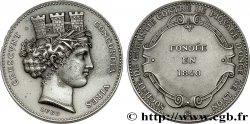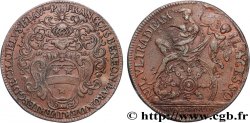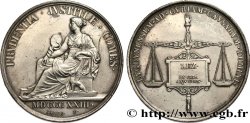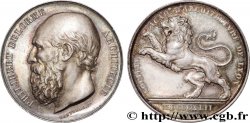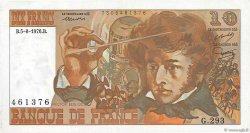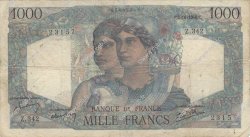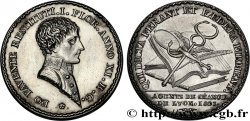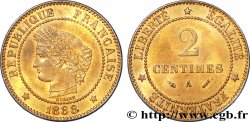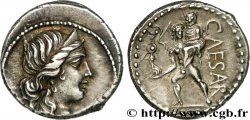fjt_698602 - LYON ET DU LYONNAIS (JETONS ET MÉDAILLES DE...) Jeton Ar 31, agents de change 1803
недоступный.
Товар уже продан в нашем интернет-магазине (2022)
Цена: : 80.00 €
Товар уже продан в нашем интернет-магазине (2022)
Цена: : 80.00 €
Тип Jeton Ar 31, agents de change
Дата: 1803
Монетный двор / Город: LYON
Металл: silver
Диаметр: 31 mm
Ориентация осей монеты: 12 h.
Вес: 20,60 g.
Век: lisse
Пуансон: (main) ARGENT
Редкость: R1
Комментарии о состоянии
Avers nettoyé
Лицевая сторона
Аверс: легенда: * EO FAVENTE RESTITUTI. I. FLOR. ANNO XI. R. G..
Аверс: описание: Buste du Premier Consul à droite ; signature sur la tranche du buste : Mercié LUG..
Обратная сторона
Реверс: легенда: QUI DICTA FERANT ET FÆDERA FIRMENT. ; À L'EXERGUE EN DEUX LIGNES : AGENTS DE CHANGE/ DE LYON. 1803..
Реверс: Описание: Livres des transferts sur lesquels sont posés un caducée et un miroir.
Реверс: перевод: (Qu'ils rapportent ce qui est dit et consolident les contrats).
Комментарий
De poids lourd sur un flan épais. Claude Antoine Mercié, né à Gray et mort à Lyon en 1812 fut l'un des fondateurs de la "Société des Artistes Réunis" qui réalisa à Lyon les frappes révolutionnaires en métal de cloche.
Cette frappe en double épaisseur est certainement une "restitution" du second Empire à la mode des restitutions de monnaies d'empereurs romains par leurs successeurs.
Heavyweight on a thick flan. Claude Antoine Mercié, born in Gray and died in Lyon in 1812, was one of the founders of the \\\"Société des Artistes Réunis\\\" which carried out revolutionary strikes in bell metal in Lyon. This double-thickness strike is certainly a \\\"restitution\\\" of the Second Empire in the fashion of the restitutions of coins of Roman emperors by their successors
Cette frappe en double épaisseur est certainement une "restitution" du second Empire à la mode des restitutions de monnaies d'empereurs romains par leurs successeurs.
Heavyweight on a thick flan. Claude Antoine Mercié, born in Gray and died in Lyon in 1812, was one of the founders of the \\\"Société des Artistes Réunis\\\" which carried out revolutionary strikes in bell metal in Lyon. This double-thickness strike is certainly a \\\"restitution\\\" of the Second Empire in the fashion of the restitutions of coins of Roman emperors by their successors








 Cообщить об ошибке
Cообщить об ошибке Распечатать страницу
Распечатать страницу Отправить мой выбор
Отправить мой выбор Задать вопрос
Задать вопрос Consign / sell
Consign / sell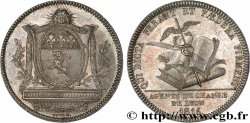
 Информация
Информация